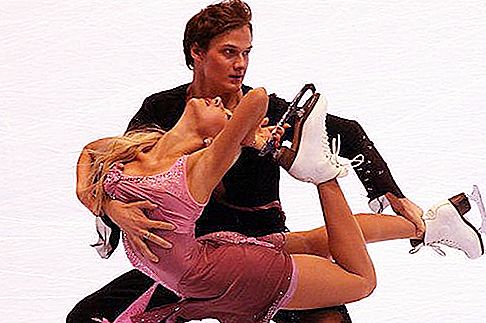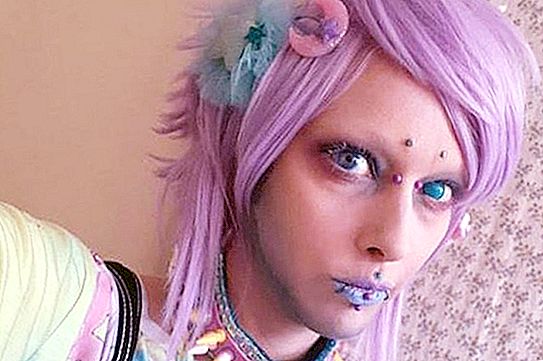It turns out that there are not only “blue collars”, but also “white”, “gray”, “pink”, “blue”. Such an expression, of course, is figurative. This is not literally about this element of clothing, but generally about the dress code of certain categories of workers, depending on their professional duties. Also, the expression “blue (white, blue) collars” serves to indicate the status of a person.
Let’s figure out what lies in these “multi-colored” concepts.

So, the "blue collars."
This is the name of workers who are primarily engaged in physical labor, often in large enterprises. The concept came to us from the West (from the UK), where its steady expression sounds like “blue-collar worker”. Traditionally (historically) this is the working class. This expression designates skilled workers or workers employed in the field of physical labor in factories, in workshops, on construction sites. The uniforms of these people in the literal sense are most often dark blue or blue in order to avoid quick pollution, which was the reason for the name.

In contrast to the concept of “blue collars” there are “white collars”. They represent a caste of employees, officials, employees of the administrative apparatus, managers, engineers and technicians, personnel engaged in mental work. This category of workers prevails in developed countries over the number of production workers.
Sociologists (for example, E. Giddens in the textbook “Sociology”), considering the structure of society, namely, class systems, suggests such a division of large-scale groups of people:
- the upper class (its representatives are rich people, big businessmen, industrialists);
- middle class (represented mainly by white-collar workers and specialists);

- the working class (includes “blue collars”, people engaged in physical labor).
- peasants (people who provide their livelihoods with agricultural production).
In addition to these two main gradations, there are also such:
- “pink collars” - these are for the most part women who work in the office as secretaries, typists, telephone operators, etc.
- “gray collars” - this is the name of workers in the social infrastructure industry as well as in the service sector;
- “golden collars” - this category is represented by highly qualified scientists and specialists with an entrepreneurial spirit, which they successfully use in combination with professional unique knowledge;
- “Brown collars” - this is what service workers are called.
Similar figurative expressions indicating the type of professional activity, at the same time, determine class affiliation, since their status depends on the well-being of people and the nature of their occupation.
Currently, there is a tendency towards a decrease in the number of the working class and an increase in the category of white-collar workers. This is due to democratization in the developed countries of the world, the availability of higher education, and the development of foreign economic relations.




